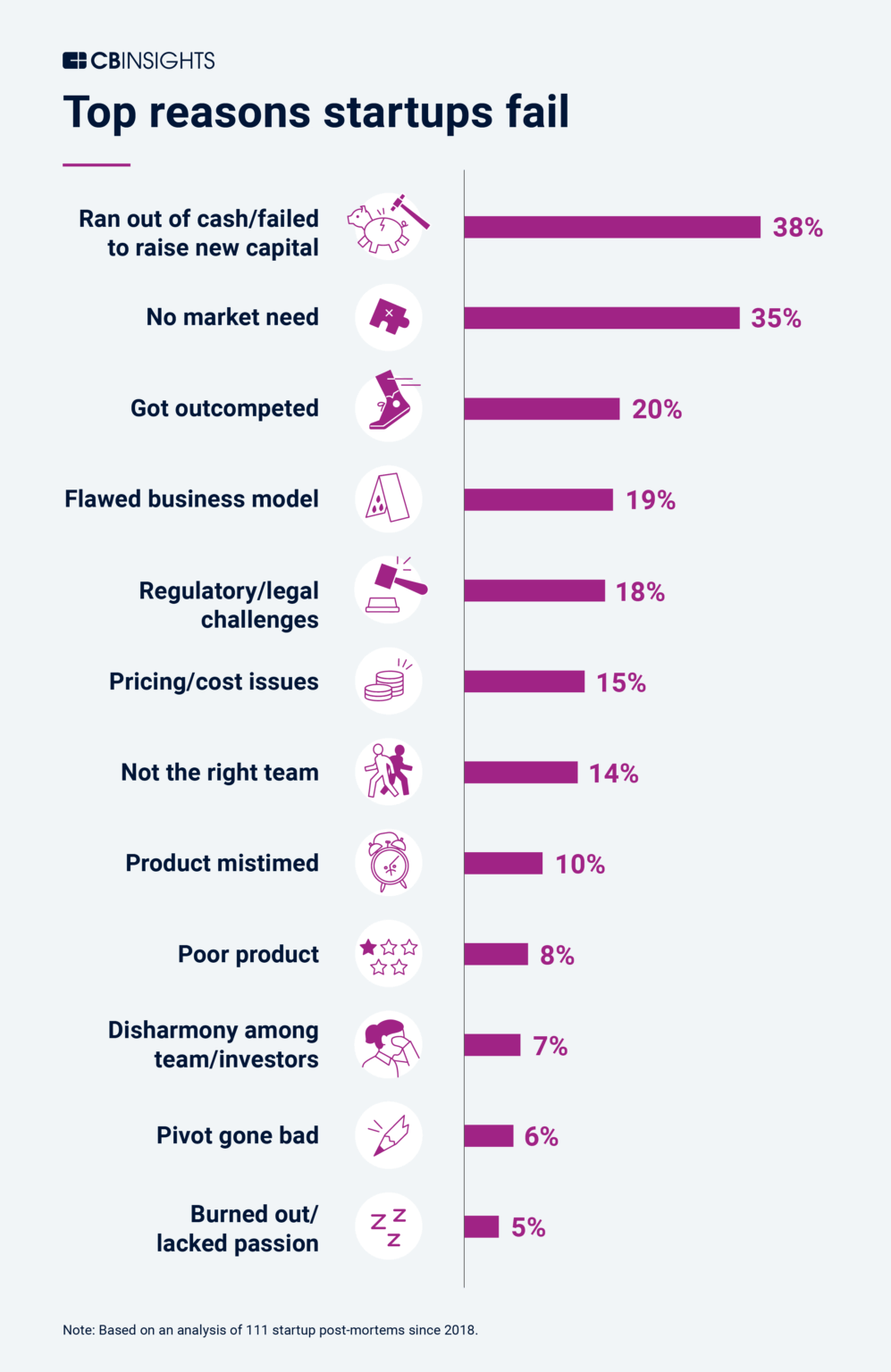Product-led growth (PLG) is a product and end-user-focused growth model, which relies on the product itself to drive customer acquisition, conversion, engagement, and overall expansion. It is primarily applied by SaaS companies and it usually means that your product uses a model that includes a freemium or offers a free trial.
It was first developed and implemented by pioneering SaaS companies like Slack, Dropbox, and HubSpot, but today it has a widespread application and momentum in terms of rising importance, further development, new tactics evolving every day, more subject-matter experts, and great success stories.
Let’s see how it works. Chances are that you use Slack in your everyday work, right? If so, you’ve witnessed this first-hand! You didn’t read a lengthy whitepaper on the benefits of strong internal communication, you wanted to see the product in action, so you did. There is a freemium Slack plan, onboarding is super-easy and, in no time, you start using Slack. Afterward, you start using more and more features, and eventually, you get your plan upgraded, and voila - a true PLG in action!
Why is product-led growth so unique and becoming of rising importance?
In the era of ever-growing SaaS companies, it becomes even more important to grow it the right way. For instance, according to Crunchbase data as of February 7, 2022, there are 23,915 SaaS companies alone in the world and the list is growing fast. It’s very likely that you’re already facing fierce competition in your SaaS niche and there is new coming every day.
How about startups, since we are going to talk more about PLG for startups? Of course, there are lots of startups out there too. But for SaaS startups, it is very important to understand and apply product-led growth strategies to be able to make it out there in a very competitive SaaS world. Why? According to Small Business Trend’s Startup Statistics, only 2 in 5 startups are profitable, and other startups will either break even (1 in 3) or continue to lose money (1 in 3). There are several product-led-related reasons among the top 12 causes of startup failure, according to the report by CBNinsights from August 2021:

Is there a strong correlation between the non-existing product-led growth strategy and SaaS startup failure? We firmly believe so as we’re going to elaborate more on that, plus the above stats prove it.
Having said all of this and at first glance, it may seem to you that product-led growth is a simple model for your buyer to try before they buy. However, if we go deeper, it’s a completely new way of growing a SaaS business.
This is a disruptive, and bottom-up sales model. It is different from what sales-led companies do - to take a buyer from one point to another in a sales cycle. Instead, product-led companies give the buyer the keys to use the product and help them experience a meaningful outcome while using the product. This led to certain employees' liberalization to which tools to use in companies. They now can choose what products they want to use instead of being forced to use certain tools by IT or operations departments in a traditional top-down approach, offering free plans or free trials.
On the other hand, from a marketing standpoint, instead of “How can we generate demand for our product?”, you’re asking “How can our product generate demand?” Customers are demanding, they want to try before they buy, they have a vast continent of options and tools offered. Their attention spans are low and they’d rather see your product in action and how it can help then than read a whitepaper about the problem it solves. Not to be mistaken, product-led growth is about so much more than “try before you buy.” Product-led growth is, first of all, about making an incredible product to solve real problems and investing in ways for it to sell itself.

Product-led growth for SaaS startups
When it comes to SaaS startups, they have a huge advantage over scaled businesses. It can be much easier to build a product with a product-led mindset from scratch than it is to modify an existing product infrastructure, features, and tracking. It is also easier to set investors' expectations this way. Don’t get us wrong, we’re not trying to say it is simple to do it - we’re just saying that early stage startups on their quest to build a product could benefit a lot and become successful with a product-led growth strategy in place from the very beginning. Starting with the product-led growth strategy allows startups to make their goals, roadmaps, identified ICPs more clear and, in that way, avoid disruption to those. It’s a way of thinking that the entire startup product team needs to adapt to, in order to move into the stats bracket of being one of the 2 out of 5 startups who become profitable.
So what does it mean when a startup is product-led and why is this of rising importance? We’ll share our SpiceFactory experience with one of our ventures with product-led growth and what you should do internally. Being a product development studio, with a strong product-led growth mindset, we couldn’t have done it otherwise.
Everyone on board
It’s super critical to get stakeholders to shift their mindsets to accept and follow the product-led strategy. Your product team, which is usually composed of product manager/owner, designer, engineers, and marketers, along with the C-levels, needs to be on board with the PLG strategy and to accept such a mindset. Period.
Have a customer-first and data-driven mind
Unfortunately, startups tend to go crazy and all over their place with their ideas. They lose focus and do not have their ideal customers in mind - people that actually need a solution for the problems that your product can solve, and that are going to use it. Instead, they rather focus on the end goal, skipping the part with listening to their customers, testing and perfecting that Ideal Customer Persona, pausing your teams and product development to ask questions, track data, iterate, and make decisions having the customer-first and data-driven mind.
The product must be easy to try
A successful product-led team will look at every product development and change step with constant questioning whether it is easy to try and use. It’s imperative that the product must be easy to try - a key to product-led growth success is that your ICP can get in easily and try the product with as little friction as possible. Also, the product must be easy to use - you want your ICP to see its value as quickly as possible.
Make your product go viral
Remember the Slack story from the beginning of this article? Well, the secret is that their product is so easy to invite others to start using it. If you create triggers for your ICPs to share product information, provide collaborative windows, along with a clear product invitation, all of that can lead to you going viral. And, that is a must for product-led growth startups. Plus, it helps you spend less on marketing and sales too!
Takeaways
As said before, we all know of or use products of the PLG rockstars like Slack, HubSpot, Atlassian, and Dropbox. The common denominator is that they all rely on their product, its features, and product usage as their primary drivers of customer acquisition, retention, and growth. It’s the PLG mindset and strategy that these former startups now turned even beyond unicorns, helped them, and drove them to grow faster and, actually, with less cash. Instead of relying on traditional marketing and sales activities, they rely on their products themselves to fuel their pipeline with satisfied customers to convert to paying ones.
Need more info or guidance on PLG? Do not hesitate to contact us, we’ll be happy to help.
